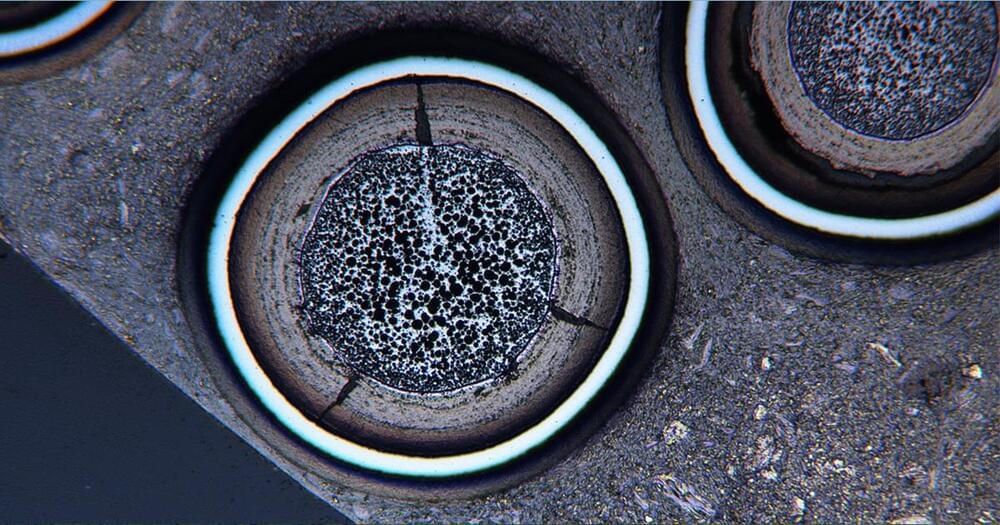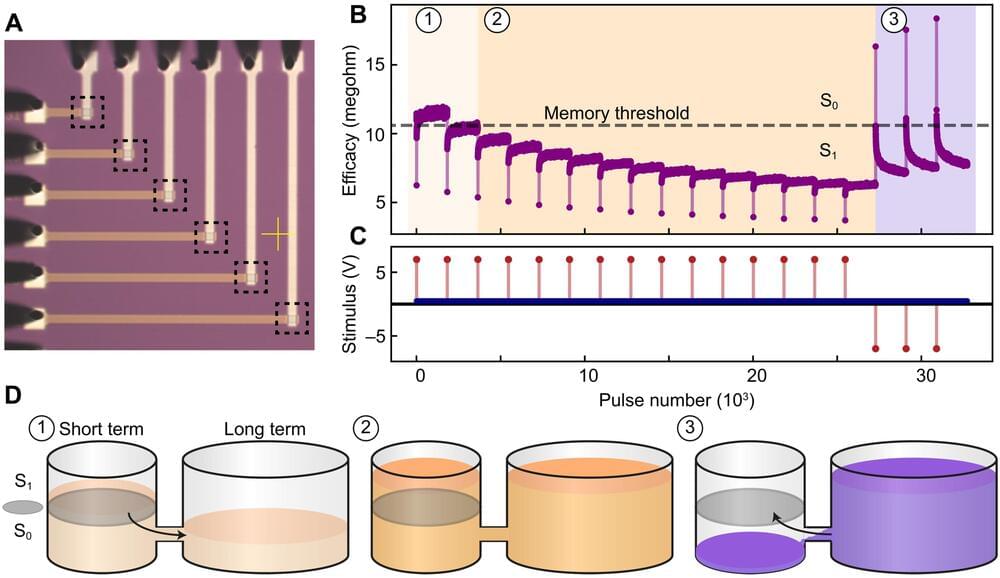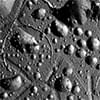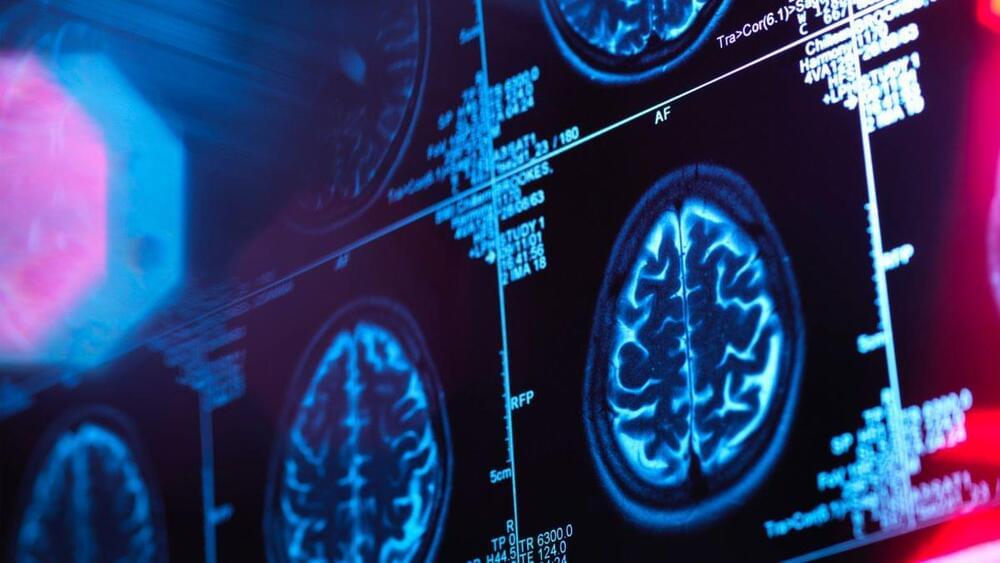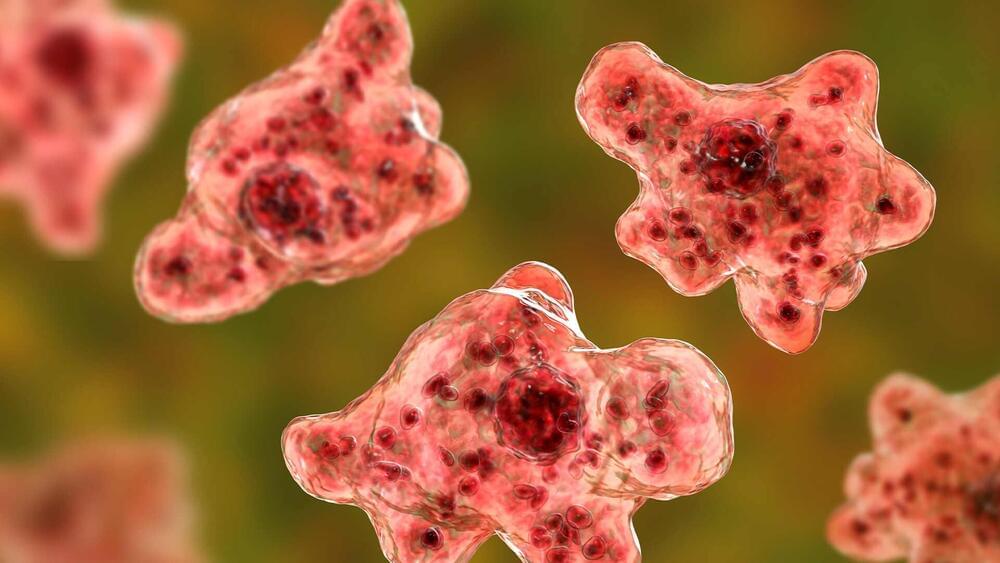Jul 15, 2022
Dr Rosamund Lewis MD — Head, WHO Smallpox Secretariat — Surveillance, Preparedness & Health Security
Posted by Ira S. Pastor in categories: biotech/medical, government, health, security
Surveillance, Preparedness & Health Security In Critical Disease Emergencies — Dr. Rosamund Lewis, MD, Head, WHO Smallpox Secretariat, Technical Lead for Monkeypox.
Dr. Rosamund Lewis, MD, is Head, WHO Smallpox Secretariat, Emerging Diseases and Zoonoses Unit, World Health Emergencies Programme, at the World Health Organization in Geneva, Switzerland, leading on emergency preparedness and advising on health security for the agency in this very critical domain, including as technical lead for Monkeypox. She also holds an appointment as Adjunct Professor in the School of Epidemiology and Public Health, University of Ottawa.

